- Home
- slideshows
- miscellaneous
- 12 photos show how humans explored Earth's oceans from the 1600s to now
12 photos show how humans explored Earth's oceans from the 1600s to now
The first submersile to travel underwater was reportedly created in 1620 by Dutch inventor Cornelius Drebbel. He demonstrated the vehicle for King James I in the Thames River.

American inventor David Bushnell built the "Turtle" in 1775. The underwater vessel was used to try to attach explosives to British ships in New York Harbor.
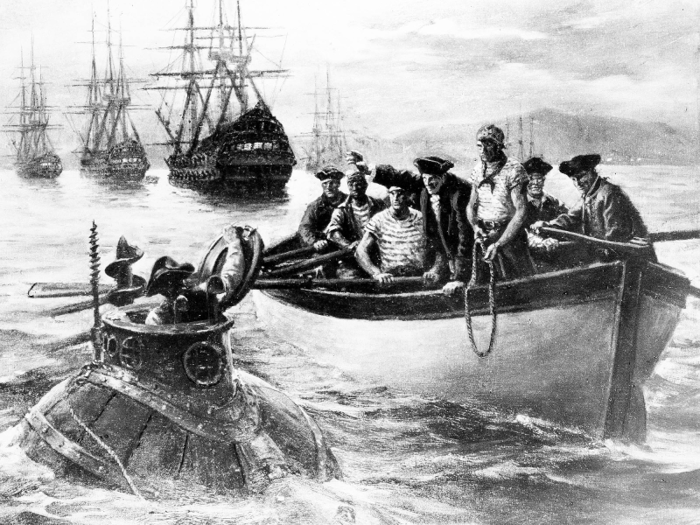
Named the "American Turtle," Bushnell designed and built the vessel in Connecticut as a machine for carrying gunpowder underwater to blow up enemy ships. In the depiction above, its first mission is manned by Sergeant Ezra Lee, who is shown opening the hatch after an unsuccessful attack. The auger visible in the image was used to drill charges into ships' wooden hulls.
While we've mostly focused on underwater vessels used for exploration in this list, the fact that many consider the Turtle the first submarine (since records of the Drebbel are so scant) made it worthy of inclusion. The Turtle could go about 15 feet underwater (4 meters).
Naturalist William Beebe and engineer Otis Barton created the Bathysphere in 1930. The device was lowered by a cable into the ocean in Bermuda.
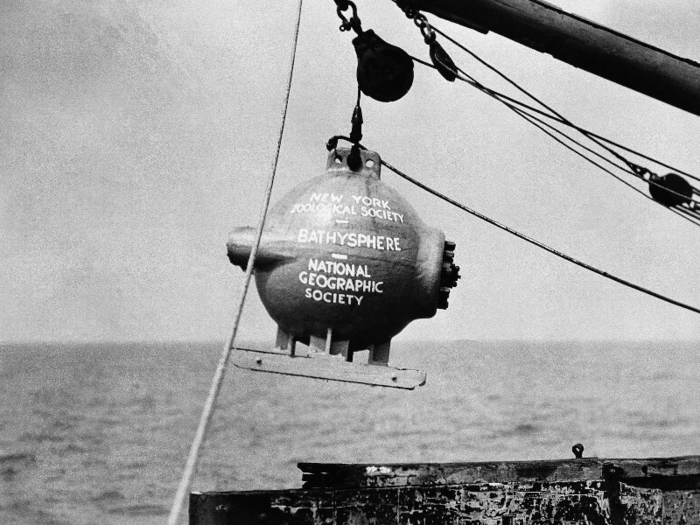
Beebe and Barton conducted a series of dives with the Bathysphere between 1930 and 1934, setting a depth record of 1 kilometer (3,028 feet)in August 1934. This allowed Beebe to make the first observations of deep-sea life in its own habitat.
Before this, the deepest humans had ever gone underwater was around 525 feet. For that, people used an atmospheric diving suit that was armored to protect against the pressure.
For every 10 meters (33 feet) you go underwater, pressure increases by about 1 atmosphere, a measure of Earth's air pressure at sea level. That means 10 meters down, pressure is double what it is at sea level. One kilometer down, pressure is 100 times what it would be at sea level.
To withstand those forces, Barton designed a spherical submersile made of steel with windows made of three-inch thick quartz.
Barton broke the Bathysphere's record in a similar vessel he created called the Benthoscope, which traveled 4,500 feet (1,372 meters) deep in 1949.
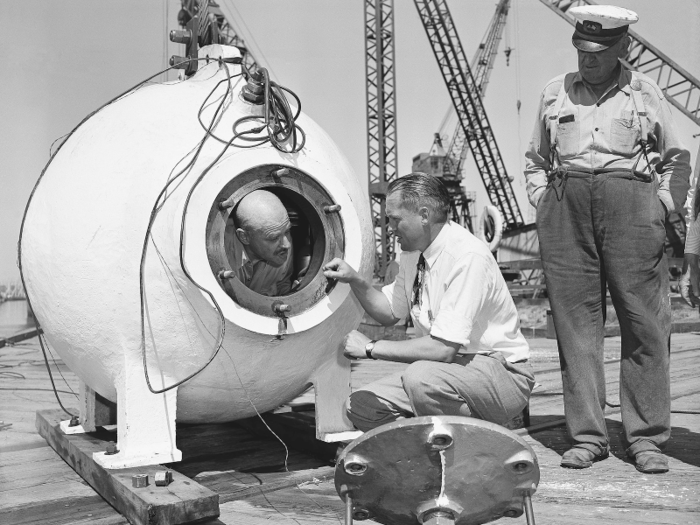
Barton designed the Benthoscope to withstand even greater pressures than the Bathysphere. His 4,500-foot descent off the coast of California remains the deepest a submersible suspended on a cable has ever gone.
Underwater explorer Jacques Cousteau helped design the SP-350 Denise or "Diving Saucer," which was the first vehicle designed solely for underwater exploration.
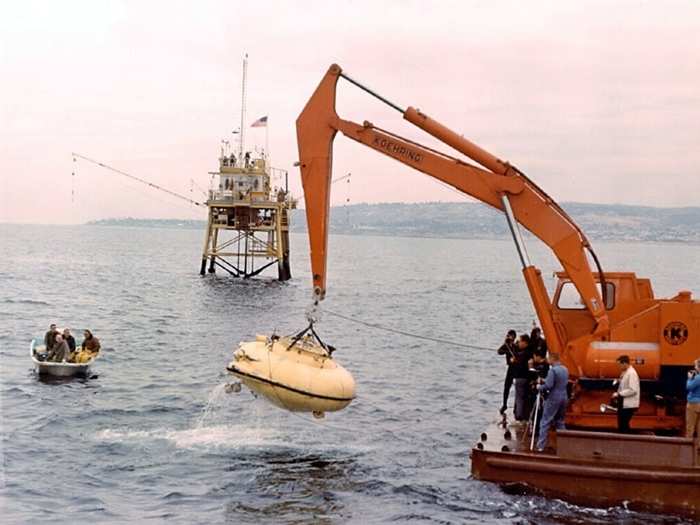
Cousteau's Diving Saucer's name in French was the SP-350 — "SP" for soucoupe plongeante, which means "diving saucer" in French. The 350 referred to the depth it could descend: 350 meters (1,148 feet).
He called the vessel Denise.
Cousteau's "Diving Saucer" was built in 1959 and could stay underwater for four to five hours.
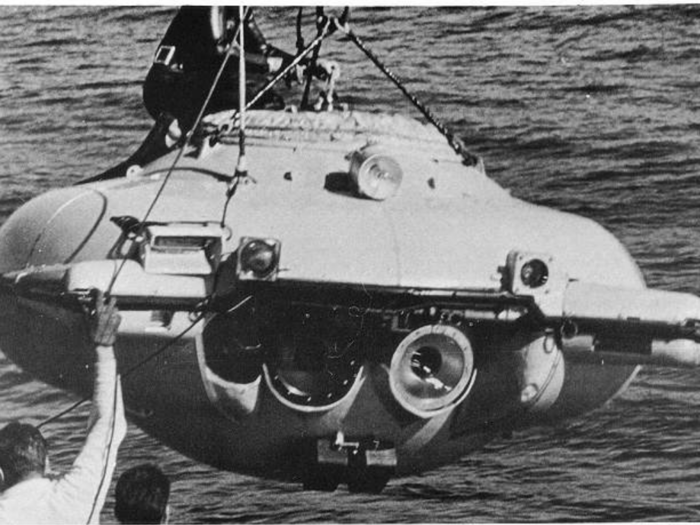
The vessel used jets of water for propulsion.
Humans only reached the bottom of the ocean in 1960, when they traveled 6.8 miles (10.9 kilometers) down into the Mariana Trench.
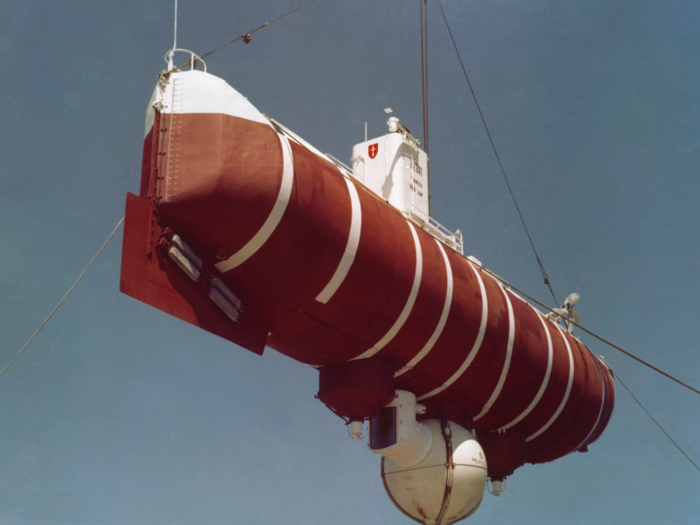
They used a type of deep sea submersile known as a bathyscape. The particular model they first used to reach the bottom was named the "Trieste."
The first humans to reach that depth were US Navy Lieutenant Don Walsh and Jacques Piccard, the son of the Trieste's designer.
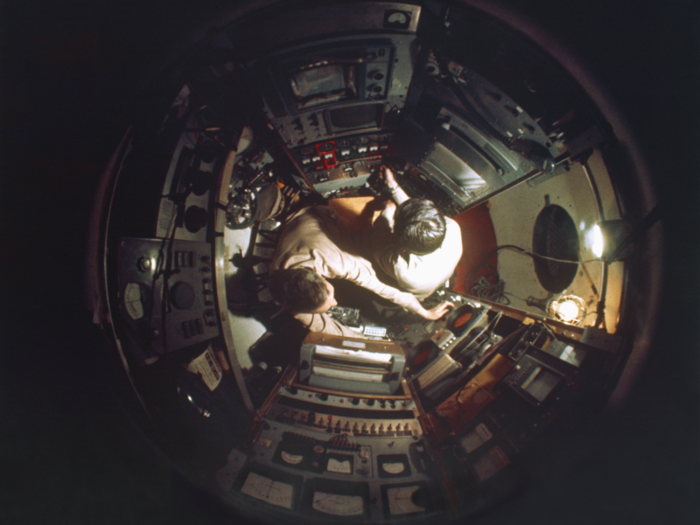
Eventually, it became possible to use remotely operated vehicles (ROVs) like the Hercules ROV, which oceanographer Robert Ballard used to map the Titanic in 2004.
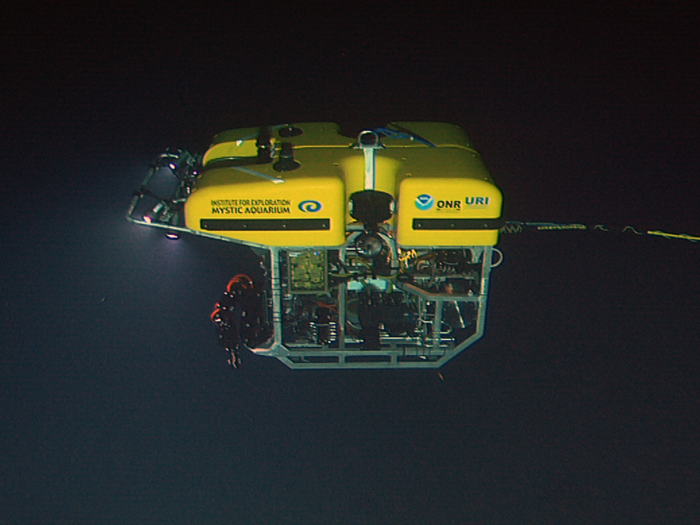
The Hercules ROV can travel 2.5 miles (4 kilometers) underwater.
Using an ROV to explore underwater is a game-changer because operating them remotely means the vehicles don't need space or life-support equipment for people. Because of that, an ROV is usually operating underwater 24 hours a day. (Pilots take shifts controlling it through a long fiber-optic cable.)
ROVs are used in industry, but Hercules was one of the first designed for scientific research, especially for the fields of archaeology, biology, and geology.
In the Deepsea Challenger, filmmaker James Cameron traveled alone to the bottom of the Mariana Trench, 6.8 miles (10.9 kilometers) down, in 2012.
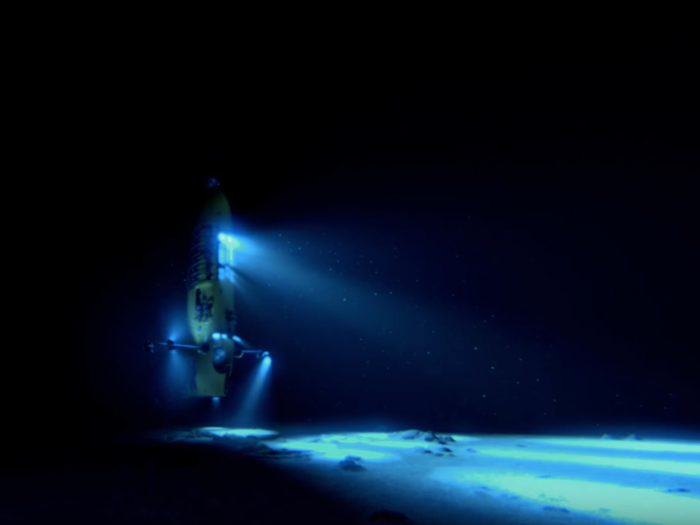
The Deepsea Challenger is a deep-diving submersile that Cameron piloted himself all the way down to the bottom of the sea.
The submersile Alvin has been in use for more than 50 years, though it has received a number of upgrades over time. As of its 2014 upgrade, it can go 2.8 miles (4.5 kilometers) underwater.
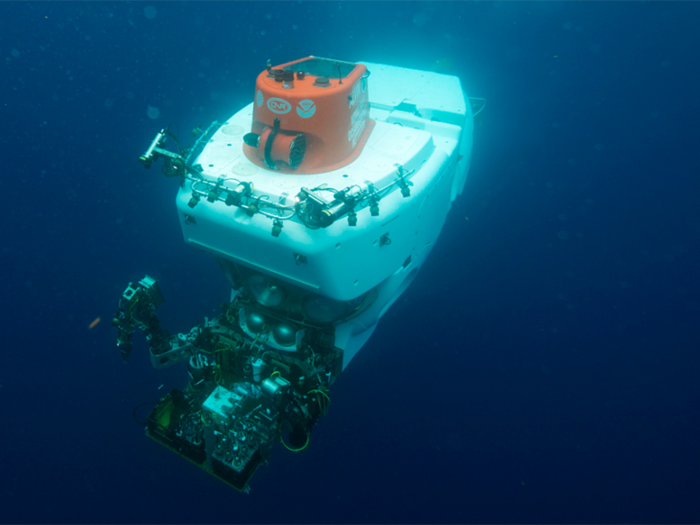
The submersible has safely transported over 2,500 researchers on more than 4,800 dives to depths of 14,764 feet (4,500 meters).
Modern documentaries that reveal more of the ocean than we've ever seen, like Blue Planet II, use submersiles to explore the unseen parts of the ocean.
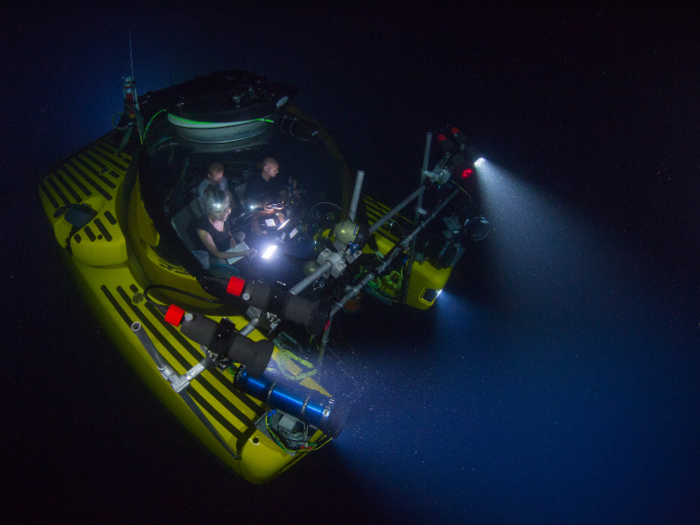
While filming 1,500 feet (457 meters) underwater in Antarctica for Blue Planet II, the production team sprung a leak.
Luckily, they were still able to capture remarkable footage.
On that particular dive, they found that the waters beneath Antarctica are teeming with life. Using submersiles and ROVs, the Blue Planet II production team visited 39 countries on 125 expeditions, spending more than 6,000 hours underwater. While filming in the Mariana Trench, the deepest part of the ocean, they captured footage of an ethereal snailfish about 8,000 meters (5 miles) underwater, the deepest a fish had ever been spotted up to that time.
Popular Right Now
Advertisement